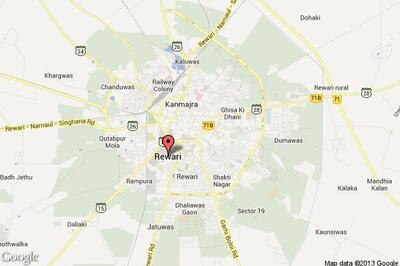
views
The "casual approach of educated people living in highrises and pucca houses has resulted in steep rise in COVID-19 cases in Kolkata recently, prompting the West Bengal government to mull the option of reimposing strict lockdown in certain pockets, a senior official said on Tuesday.
Around 85 per cent of those infected by coronavirus in the metropolis in the last two weeks are educated and live in housing complexes, stand-alone apartment blocks and pucca buildings, while 15 per cent are from slum areas, an official of the Kolkata Municipal Corporation (KMC) said.
Educated and responsible people are expected to help the administration in implementing the plans to check the spread of the virus, but on the contrary, they are non-cooperating, he told PTI.
"The casual attitude of these people is a reason behind the current surge in COVID-19 cases and this has prompted the government to mull the option of re-implementing strict lockdown in certain areas that reported a large number of infections," the official said.
Housing complexes on Anwar Shah Road, Jodhpur Park, Bhowanipore, Alipur, Tollygunge, Ballygunge and other areas have witnessed a steep rise in the number of COVID-19 cases recently.
The metropolis has of late been witnessing a daily average of 200 people being infected by coronavirus. The city had 2,415 active coronavirus cases on Monday.
"The state health department has advised us to think about re-implementing strict lockdown protocols in these areas. The decision will be taken by the chief minister," he said.
He said 40 per cent of those afflicted with the disease in the city in the last two weeks live in high-end multi-storied buildings and standalone apartment blocks, and 45 per cent in pucca houses, mostly two or three-storey houses, he said.
"These people are somehow reluctant to follow the dos and don'ts," he said.
Residents of these buildings are either hiding if someone is down with fever or suffering from cough and cold, or not letting KMC personnel visit houses to carry out surveys, he said.
"There are instances when even councillors or coordinators of the civic body were not allowed inside a building where a COVID-19 positive patient was reportedly staying," the official said.
"Compared to them, those who are living in slums are more alert. They are better in following norms," he added.

















Comments
0 comment